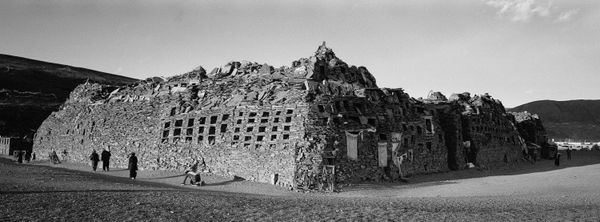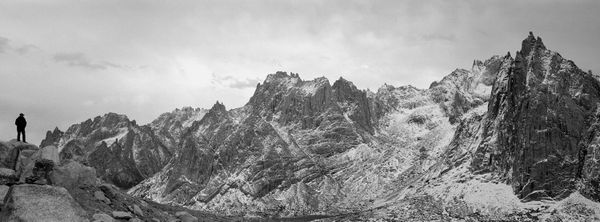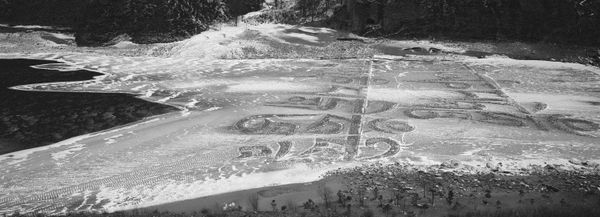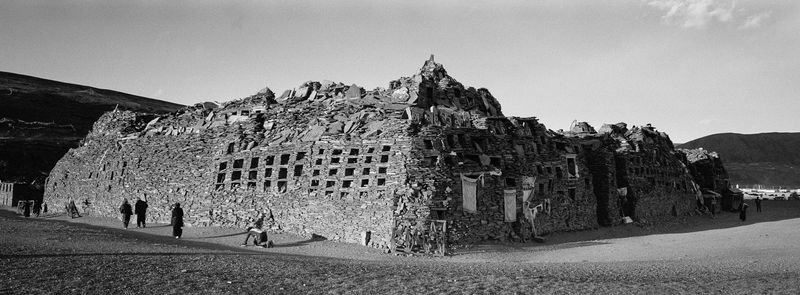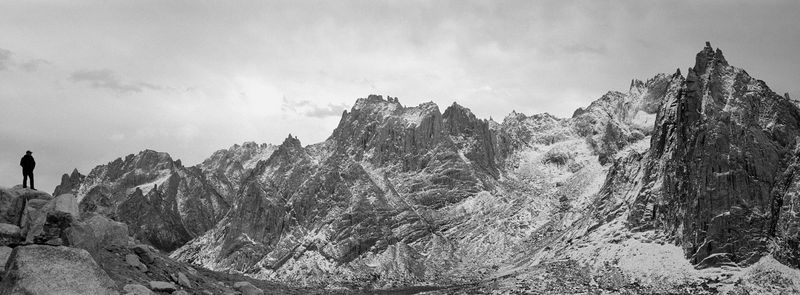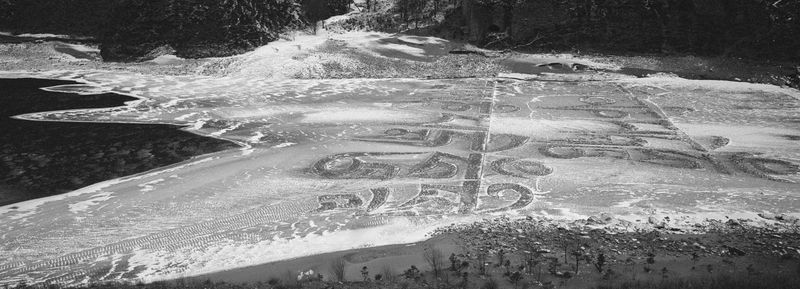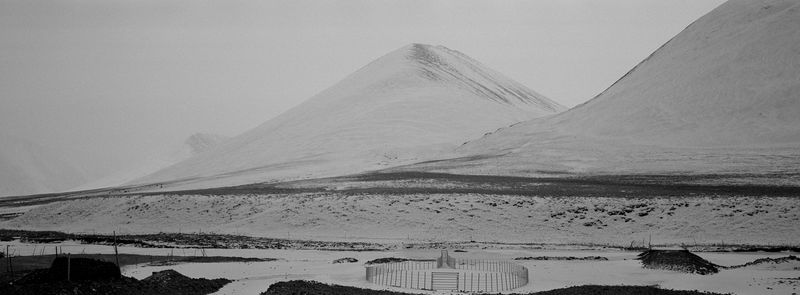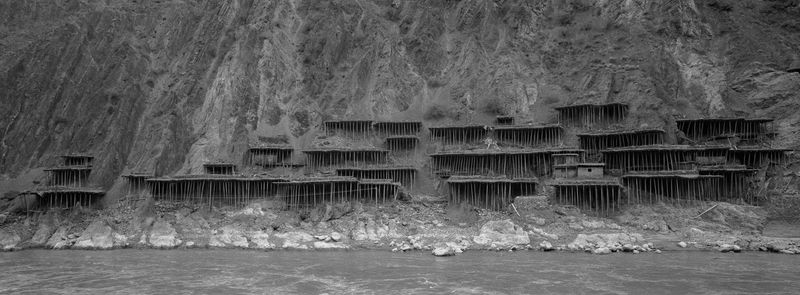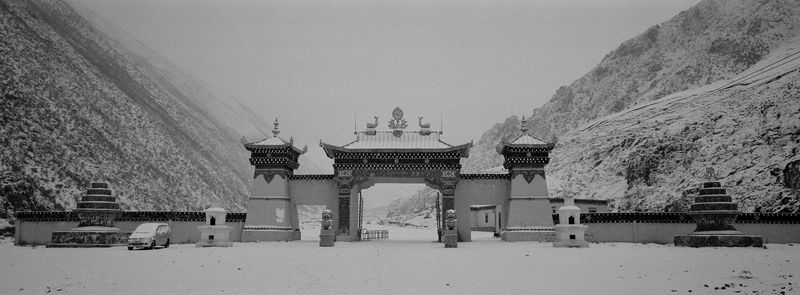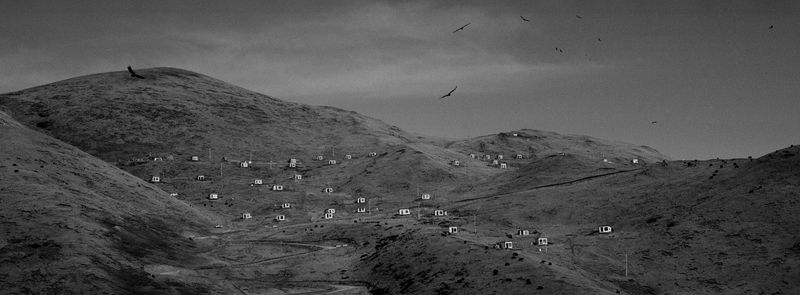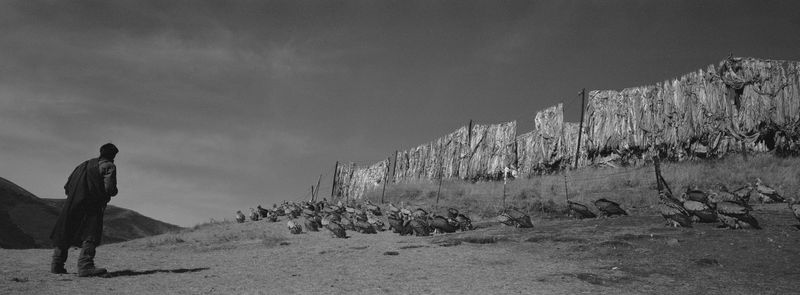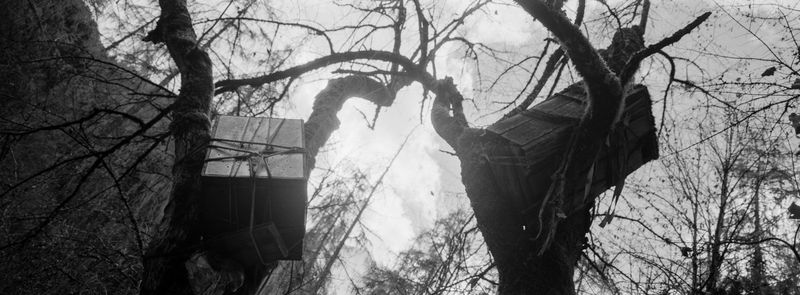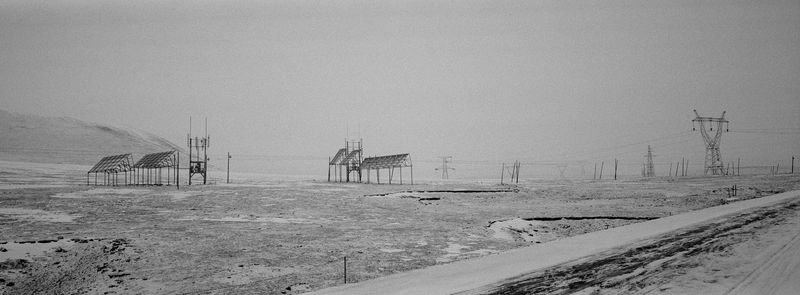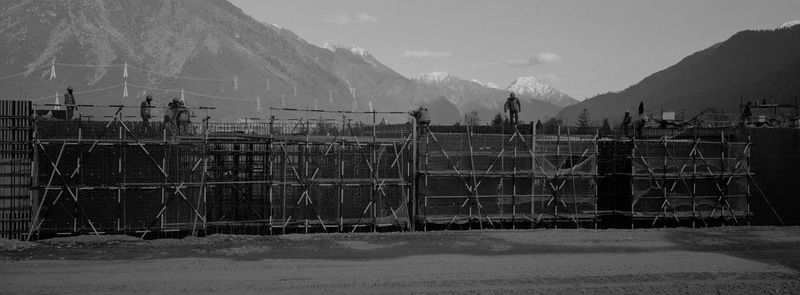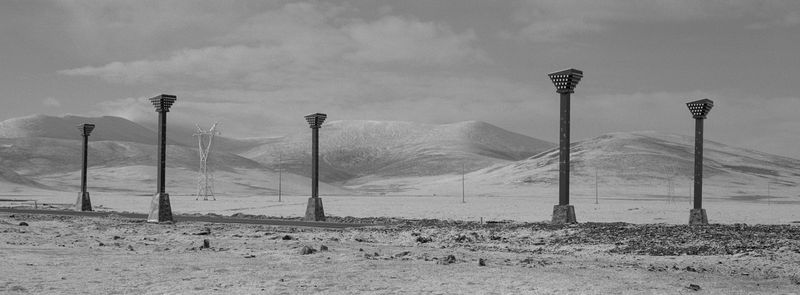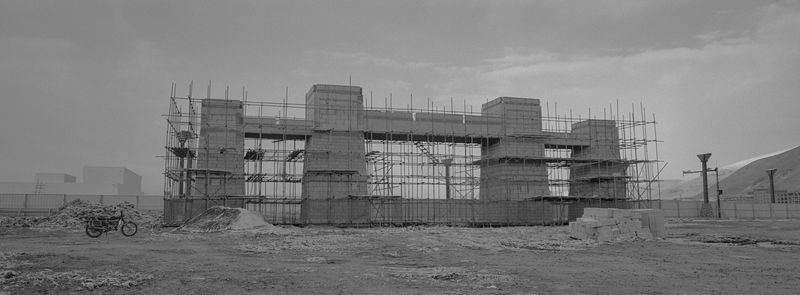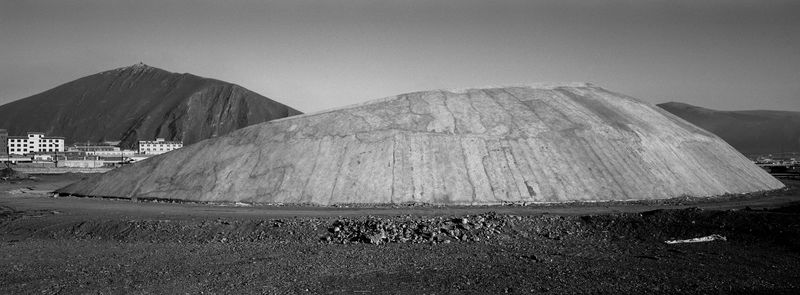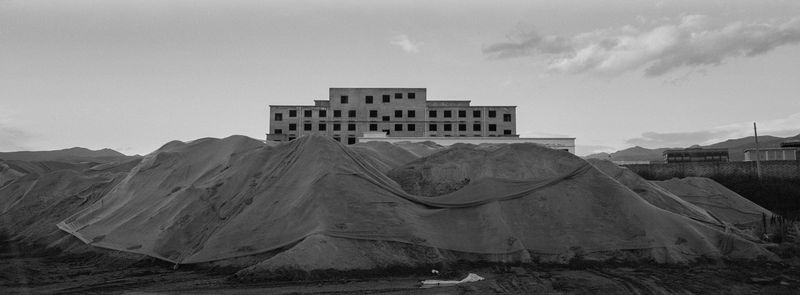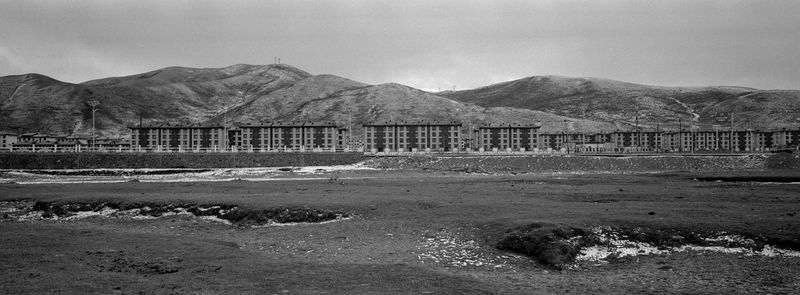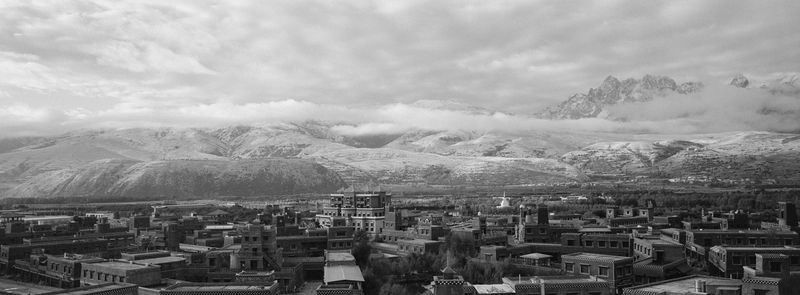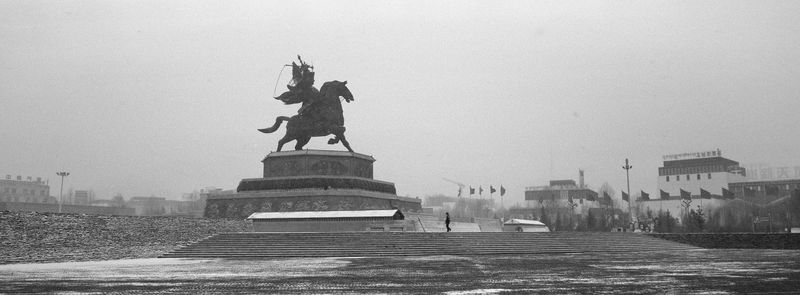Relics of Gesar
-
Dates2017 - Ongoing
-
Author
- Locations Tibet, Qinghai, Sichuan
I have been tracing clues from the ancient Tibetan epic King Gesar, and visit many relics from epic stories in Qinghai, Sichuan and Tibet, exploring the bundary both geographically and mentally between surreal myth and current reality.
“King Gesar” is the most well-known Tibetan ethnic epic in China and the longest of its kind in human history, it tells the legend of the King Gesar, a half-human half deification hero who was the reincarnation of Padmasambhava in Tibetan Buddhism. He defeated evil demonds and enemies, saved many lives of its people, and unified a hundred of tribes into the Kingdom of Ling. The epic reflects history, social-political transition and people's way of life in the Tibetan Plateau.
From 2017 onward, i have been tracing stories from different chapters of the epic, travelled to many relics in Qinghai, Sichuan and Tibet, where believed to be the birthplace of the epic, exploring the bundary both geographically and mentally between surreal myth and current reality. The project is aim to document the spiritual and socio-political landscape of modern Tibetan ethnic group in western China, to put questions on what remain or lost for the people who live in this territory under constantly social transition and modernization.
